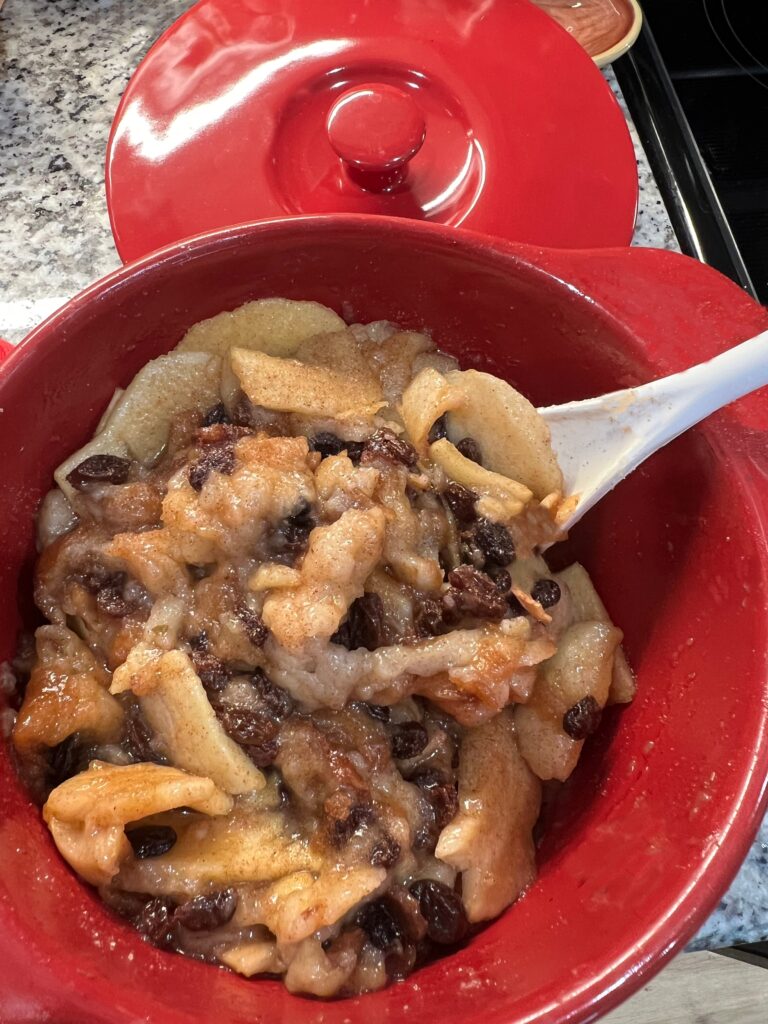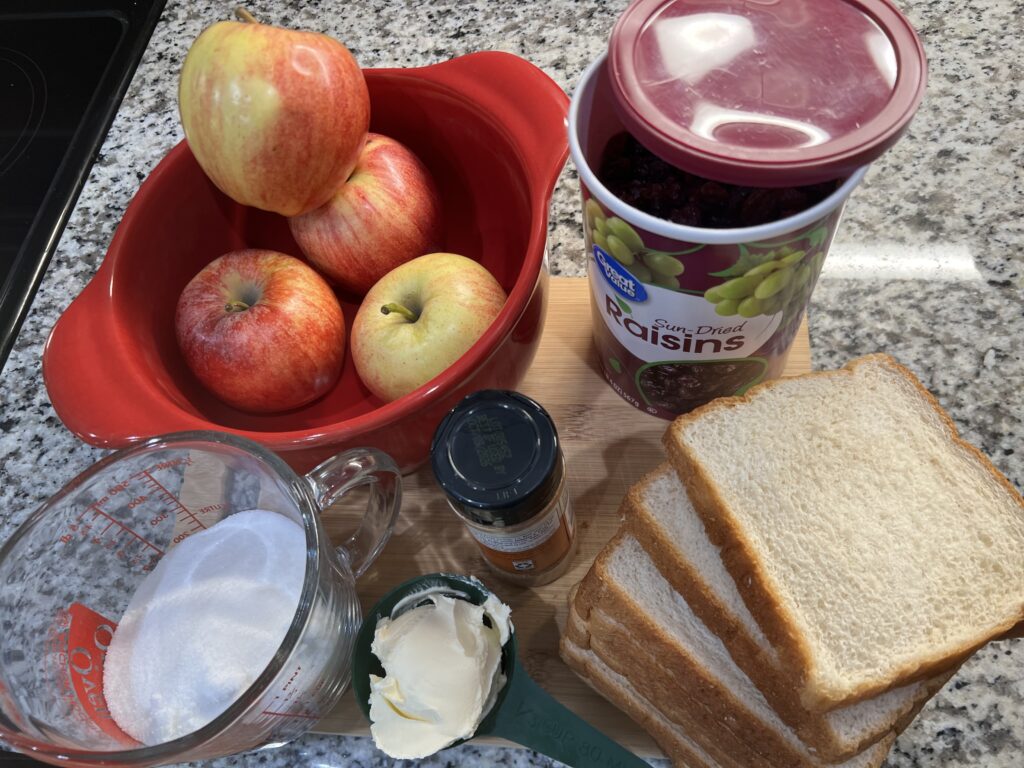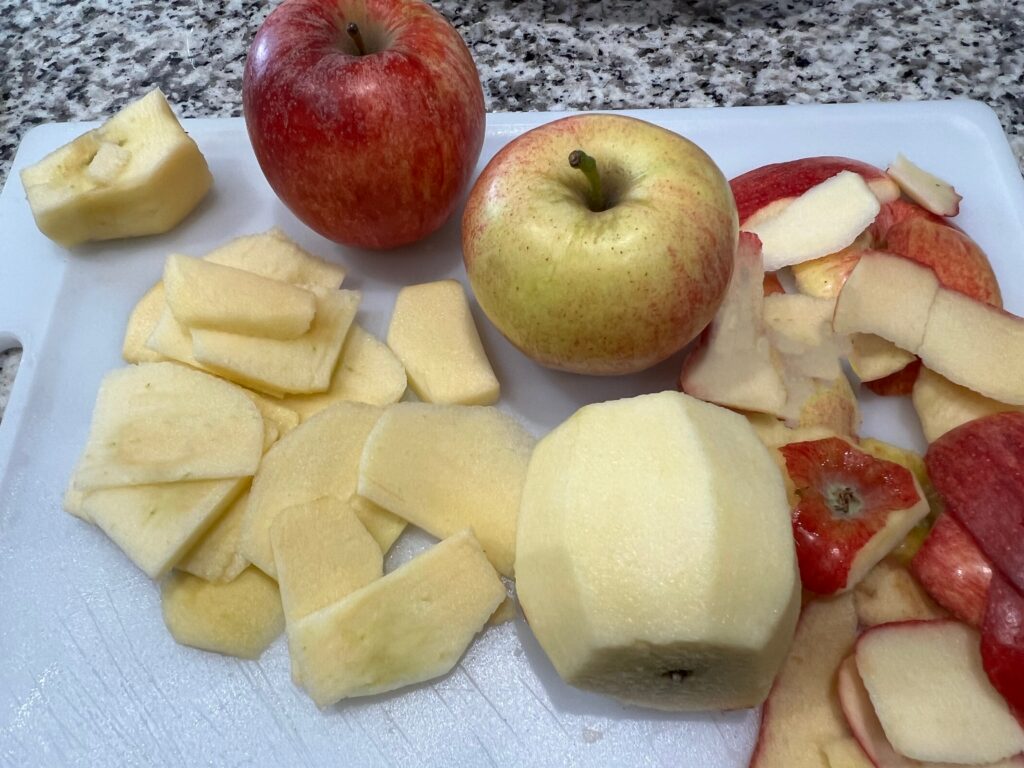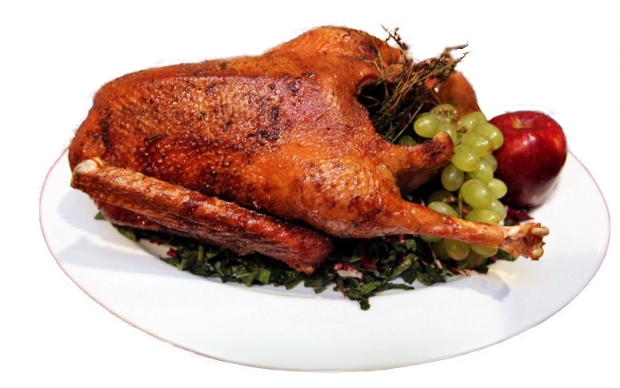A Taste of History: Unveiling the Origins of German Sweet Dressing
GERMAN HERITAGE USA | AFFILIATE DISCLAIMER: This post may or may not contain affiliate links which means we may receive a commission for purchases made through links. We will only recommend products that we have personally used or that we truly trust. Learn more on our Private Policy and Disclaimer Page located under our Terms Of Service tab above.
Nestled amidst the charming farmlands of northern Germany, in the region of Schleswig-Holstein, lies a culinary gem that has transcended generations and continents – the delectable German Sweet Dressing.
This unique stuffing, brimming with local ingredients and a rich heritage, has become a beloved tradition, gracing Christmas tables and Thanksgiving feasts alike.

Rooted in Frugal Innovation
The origins of the original German Sweet Dressing holiday recipes that often remind everyone of a bread pudding-type texture and raisins, but made from apples and raisins can be traced back to the resourceful spirit of German farmers, who sought to utilize simple yet flavorful ingredients to create a hearty stuffing for their Christmas goose.
Bread, butter, apples, raisins, molasses, honey, or sugar – these humble staples formed the foundation of this culinary masterpiece.
Driven by necessity and a touch of culinary creativity, these farmers transformed readily available ingredients into a symphony of flavors. The sweetness of honey or molasses balanced the tang of apples and raisins, while the richness of butter complemented the earthiness of bread.
A Legacy Carried Across Continents
As German immigrants ventured across the Atlantic, seeking new opportunities in the vast farmlands of Nebraska and Iowa, they carried with them their cherished culinary traditions, including the beloved German Sweet Dressing. In their adopted homes, they continued to prepare this special stuffing, adapting it to incorporate local ingredients and preferences.

A Culinary Bridge Between Cultures
German Sweet Dressing quickly gained popularity in its new American home, becoming a staple in Midwestern kitchens. Its versatility extended beyond its role as a stuffing, gracing tables as a delectable side dish, complementing both roasted goose and turkey.
The dressing’s enduring appeal lies in its harmonious blend of flavors and its ability to transport those who savor it back to the heart of rural Germany. Each bite evokes the warmth and hospitality of farmhouse kitchens, where generations of families gathered to celebrate special occasions.

A Culinary Treasure Preserved
Today, German Sweet Dressing remains a cherished culinary tradition, passed down through generations, preserving the legacy of those ingenious German farmers who transformed simple ingredients into a culinary delight. Whether gracing a Christmas table or adorning a Thanksgiving feast, German Sweet Dressing continues to weave a tapestry of flavors, connecting cultures and generations through the power of food.

German Sweet Dressing Recipe
Ingredients:
- 6 Braeburn or Red Granny apples, peeled, cored, and diced
- 1/2 loaf of bread, cubed
- 1/2 cup of butter, softened
- 1 cup of granulated sugar (you can substitute honey or molasses)
- 2 cups of raisins
- 2 teaspoons of cinnamon
- 1 cup of water

Instructions:
- Preheat oven to 350 degrees F (175 degrees C). Grease a 9×13 inch baking dish.
- In a large bowl, combine the diced apples, bread cubes, butter, sugar, raisins, cinnamon, and water. Stir well to coat all the ingredients evenly.
- Transfer the mixture to the prepared baking dish.
- Bake for 1 hour, stirring the mixture once at the 30-minute mark.
- Remove from the oven and let the dressing cool slightly before serving.
Tips:
- For a sweeter dressing, add more sugar to taste.
- For a spicier dressing, add more cinnamon to taste.
- Serve the dressing warm or at room temperature.
- This dressing is delicious on its own, and best served as a side dish, however you can also use it as a traditional stuffing within your Christmas Roasted Goose or your Holiday Turkey.
Enjoy!
German Christmas – Roasted Goose Recipe

Traditional German Christmas Roasted Goose (Gebratene Gans)
Ingredients:
- 1 (10-12 pound) goose
- 2 tablespoons salt
- 1 teaspoon black pepper
- 1 teaspoon ground ginger
- 1/2 teaspoon ground nutmeg
- 1/4 teaspoon ground cloves
Instructions:
- Preheat oven to 325 degrees F (165 degrees C).
- Rinse the goose inside and out and pat dry.
- In a small bowl, combine salt, pepper, ginger, nutmeg, and cloves. Rub the spice mixture all over the outside of the goose, getting into all the nooks and crannies.
- Place the goose in a roasting pan and roast for 3 hours, basting every 30 minutes with the drippings.
- Increase the oven temperature to 400 degrees F (200 degrees C) and roast for an additional 1 hour, or until the goose is golden brown and the internal temperature reaches 165 degrees F (74 degrees C).
- Remove the goose from the oven and let it rest for 15 minutes before carving.
Tips:
- For a richer flavor, you can stuff the goose with apples, onions, and chestnuts.
- To make the gravy, pour the drippings from the roasting pan into a saucepan and skim off the excess fat. Add 1 tablespoon of flour and whisk until smooth. Cook for 1 minute, then whisk in 1 cup of chicken broth. Bring to a boil, then reduce heat and simmer for 5 minutes, or until thickened.
- Serve the roasted goose with your favorite sides, such as red cabbage, dumplings, and gravy.The goose is first rubbed with salt and pepper. It is then roasted in a hot oven for several hours, until the skin is crispy and the meat is tender.

Gebratene Gans is a very rich and flavorful dish, and it is often considered to be a special occasion meal. It is a popular choice for Christmas dinner in many German households.
Enjoy!

